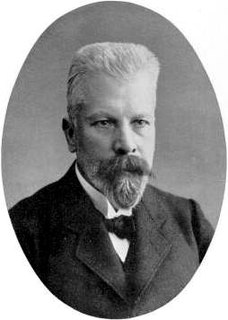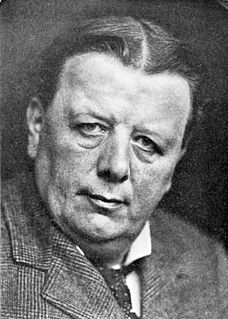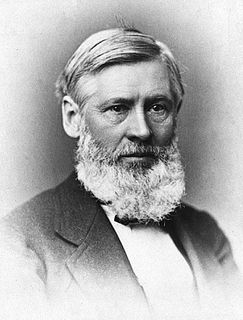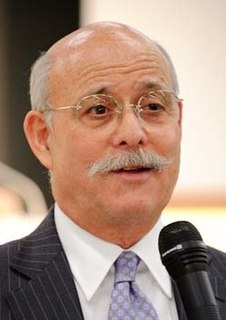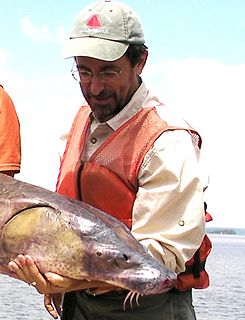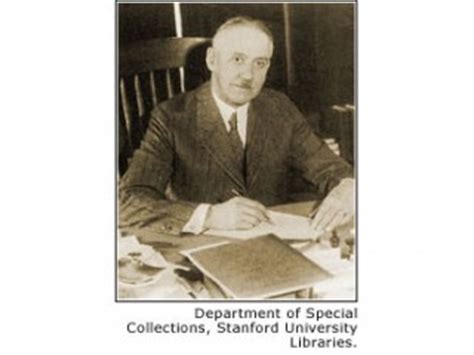A Quote by Eduard Buchner
We are seeing the cells of plants and animals more and more clearly as chemical factories, where the various products are manufactured in separate workshops.
Related Quotes
The chemical differences among various species and genera of animals and plants are certainly as significant for the history of their origins as the differences in form. If we could define clearly the differences in molecular constitution and functions of different kinds of organisms, there would be possible a more illuminating and deeper understanding of question of the evolutionary reactions of organisms than could ever be expected from morphological considerations.
(The animal rights movement) should be supported by all Christians. In an ecological universe, every created entity has intrinsic value because all are subjects as well as objects. As we cover more and more of the earth with our factories/ highways/ towns/parking lots, we annihilate more and more plants and animals.
Life evolved under conditions of light and darkness, light and then darkness. And so plants and animals developed their own internal clocks so that they would be ready for these changes in light. These are chemical clocks, and they're found in every known being that has two or more cells and in some that only have one cell.
Take care with manufactured chemicals, certainly. Your safety and long term health are more important than anything. Yet don't forget that if you grow even a dozen different plants, you are surrounded by chemistry. Inside their cells even the most ordinary plants creates potent fungicides, insecticides, irritants, balms, hallucinogens, sedatives, nerve toxins, cell repair stimulants, lures, repellents... you name it. Treat all plants with respect!
The good news is we are seeing an incredible surge in non-animal technologies in laboratories. With researchers using stem cells, visually impaired people may one day have new corneas and lenses grown from their own cells. That is likely to be a more effective and cheaper approach than using animals.
What a difference that extra 120 ppm has made for plants, and for animals and humans that depend on them. The more carbon dioxide there is in the atmosphere, the more it is absorbed by plants of every description - - and the faster and better they grow, even under adverse conditions like limited water, extremely hot air temperatures, or infestations of insects, weeds and other pests. As trees, grasses, algae and crops grow more rapidly and become healthier and more robust, animals and humans enjoy better nutrition on a planet that is greener and greener.
The survey of more than 100 waterways downstream from treatment plants and animal feedlots in 30 states found minute amounts of dozens of antibiotics, hormones, pain relievers, cough suppressants, disinfectants and other products. It is not known whether they are harmful to plants, animals or people. The findings were released yesterday on the Web site of the United States Geological Survey, which conducted the research, and in an online journal, Environmental Science and Technology.
Our schools are, in a sense, factories, in which the raw products (children) are to be shaped and fashioned into products to meet the various demands of life. The specifications for manufacturing come from the demands of twentieth-century civilization, and it is the business of the school to build its pupils according to the specifications laid down.
What is different and exciting is how much we have learned. We learned we were right that we don't need the chemical model of agriculture. We know so much more about the life of soil now and we understand how plants synergistically work together with microbes and animals to create healthy conditions.
Let's stick to the practical and the concrete: Would you like it if people lived in a virtual world? If machines were smarter than people? If, in the future, people, animals and plants were products of technology? If you don't like these ideas, then for you the computer and biological sciences clearly are dangerous.
